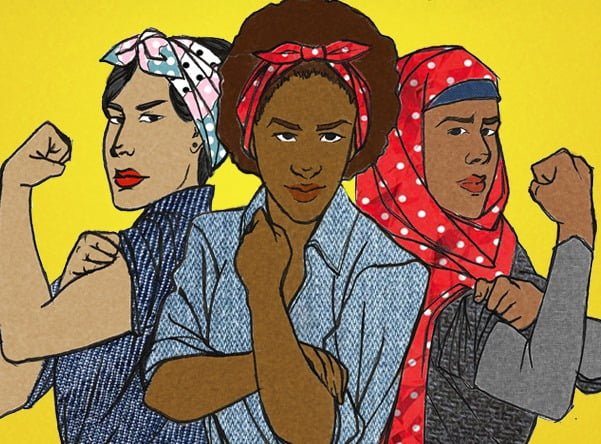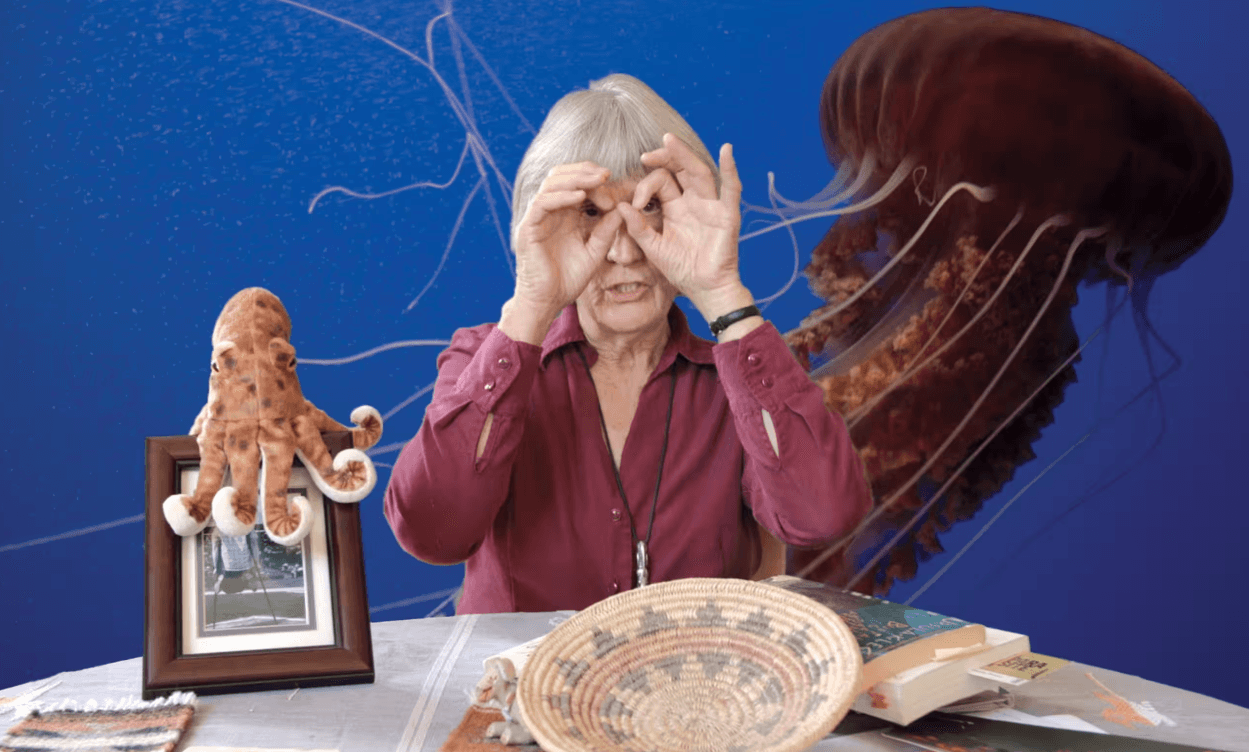Posted by Baishali Chakraborty
Feminism in our country has surely come a long way. From our legacy of ‘Sati’ and child marriages, to actually educating the girl child is an evidence to this long journey. Even though there still remains a lot of work that has to be done, there is no ignoring the fact that some progress has been made and the status of womenfolk in the nation has elevated to an extent in the past decade.
The term ‘feminism’ is not something new. It has always been omnipresent, it is just that people are encountering it more these days because of further awareness has been spread by great feminist leaders like Bibi Dalair Kaur, B.R Ambedkar, Jyotirao Phule, Leila Seth, Indira Jaising, and many more. We should be thankful to these people as they are the pillars that have helped shaping Indian feminism.
However, the concerning factor that today’s mainstream feminism has been negligent about is that it doesn’t cater to the needs and aspirations of women of all classes and sections. Feminism, to a large extent, seems to stay divided between the urban women and the rural women. This division nullifies the basic aim that feminism is supposed to achieve. As Gerda Lerner in her book The Creation Of Patriarchy rightly mentions, “Class is not a separate construct from gender, rather class is expressed in genderic terms”.
Over the course of time, feminism has mainly focused on the issues experienced by upper class and middle class women which invariably meant that the focus was more on educated women stuck in traditionalist roles while having ‘modern mindset’. This overshadows the struggles faced by rural Dalit women, Tribal women, queer women, women from lower economic backgrounds, women with disabilities, etc. Their oppressions and vulnerabilities are very different from that of urban straight cis women. However their sufferings stay limited to near facts and data.
In this way the very essence of feminism gets lost due to the social and economic differences. To rectify this problem Kimberlé Crenshaw, a an advocate and a professor of law at Columbia Law School & the University of California, introduced the concept of ‘intersectionality’ 30 years ago to feminist theory. Crenshaw noted some of the ways in which intersectional feminism helps activists advocate for women of all backgrounds and identities.
“The way we imagine discrimination or disempowerment often is more complicated for people who are subjected to multiple forms of exclusion.”
Intersectional feminism examines the overlapping systems of oppression and discrimination that women face, based not just on gender but on ethnicity, sexuality, economic background, and a number of other axes. As Crenshaw explained, “The way we imagine discrimination or disempowerment often is more complicated for people who are subjected to multiple forms of exclusion. The good news is that intersectionality provides us a way to see it. We might have to broaden our scope of how we think about where women are vulnerable because different things make different women vulnerable.”
I think Crenshaw’s approach gives a perspective to examine and implement feminism on different parameters keeping in mind different subjects but at the same time keeping them under the same umbrella.
But this aspect is not altogether new for Indian feminism. As tracing back to 1947-1950s, during the formation of Indian Constitution, DR. B.R Ambedkar had a similar approach. He stood to eradicate the gender inequality and bring women on equal surface as that of men by giving all women equal opportunities and rights. Being a Dalit, Ambedkar had closely witnessed the violence against marginalised women at higher rates, including types of violence that are specifically done to ‘Dalit women’.
He also knew that Dalit women face different challenges than women in higher castes since they are more likely to be poor, uneducated and socially marginalised. This is why he said, “I measure the progress of a community by the degree of progress which women have achieved.” This is the reason why a lot of Dalit women formed feminist groups such as National Federation of Dalit Women and the All India Dalit Women’s Forum along with several state-level groups were formed during the 70s and 80s as they were inspired by leaders like Ambedkar.
But the current times seem to show that urban feminism and rural feminism are two parallel groups that superficially don’t seem to associate with each other but as different sections altogether. This is mainly due to the different experiences that women face in each section.
For instance, five months pregnant Suchitra Devi from Ghaziabad district in Uttar Pradesh miscarried in 2002 after being shoved, jeered at, and humiliated by dominant castes while attempting to stand in the same queue to access the public distribution shop. She had been waiting for hours to receive her rations. The PDS shopkeeper furthered her humiliation by saying, “How many times have I told you, you don’t even have to wait in the queue! Just come to my house at night and I’ll give you all the ‘ration’ you want!” When she approached the traditional village panchayat for justice, they said that they could do nothing unless she knew who had pushed her. At this point Suchitra Devi realised, “I will get no justice because I am a Bhangi”.
Dalit women face different challenges than women in higher castes since they are more likely to be poor, uneducated and socially marginalised.
This case is not even as severe as the cases of sex-selective abortion, dowry issues, kidnapping, rapes, violence in the family, etc. There are even serious cases of ‘verbal abuse’ which can humiliate women to traumatic extents. Brahmin women from rural areas are also largely mistreated by their families who pose have endless dominance and restrictions on them. Belonging to the upper caste don’t privilege them in any sense within their homes. The privileges remain exclusive to the men of the family.
On the other hand, some women in urban areas, especially in the middle class, face problems when some households stop them from going to work after getting married, when sometimes, the brother is given more favours than the girl so much so that while he is allowed to opt for higher education and she is either forced to get married or do household chores, when they are judged on the basis of clothes they wear, which has always been a favorite hobby for the Indian society. They too deal with harassment in public transport which is normalised to such an extent that women tend to just suppress and ignore it as they have no option but to live with it.
Also read: Meet 3 Pathbreakers In Community Based Rural Development
Some problems faced by the urban women may not sound as huge as the problems faced by rural women but that doesn’t make these problems dismissive as it hinders their freedom and their existence. In fact if we look closely urban and rural women share problem of same category like sexual harassments, rapes, domestic violence, dowry, cat calling, harassments in work place and more.
They share issues like the ongoing Sabrimala case that haunts women. Not letting women enter the temple because of some ancient belief system that has its base on the unfounded belief that bleeding women will make the temple ‘impure’ is to be ridiculed. This exclusion of women is not on the basis of caste / colour/ creed but actually on the basis of her body and its biological processes. How was that ever justified? It’s shocking to know that even now when women and men are protesting against it, there is a sect of people who are still defending this ancient idea and its even more shocking to know that leading women like Smriti Irani are actually in favor of not letting women go inside the Sabrimala temple. Pay gaps, domestic violence, and dowry are also some of the issues that they share.
This invariably leads to the idea of intersectional feminism that brings these women together to fight these hardships as a team which is not segregated by caste or economic and social backgrounds. This will also bring in more cases in notice as the two parallel groups will merge. Being ignorant about the downtrodden make us the oppressor as well. It’s about minimising our roles as oppressors and become a source of strength for one another.
Also read: Intersectional Feminism 101: Why It’s Important And What We Must Remember
Thus the goal is to see all the oppression as ‘our problems’ and then fight against it as one unit, by forming sisterhood. So practicing intersectionality in feminism will help in dismantling the social systems that ensures inequality, not only among men and women but also within communities among women.
Baishali Chakraborty would like to call herself a feminist who is willing to make a change by crushing patriarchy in every form and everyday without any fear or regret. You can follow her on Instagram.
Featured Image Source: Everyday Feminism
About the author(s)
Guest Writers are writers who occasionally write on FII.




